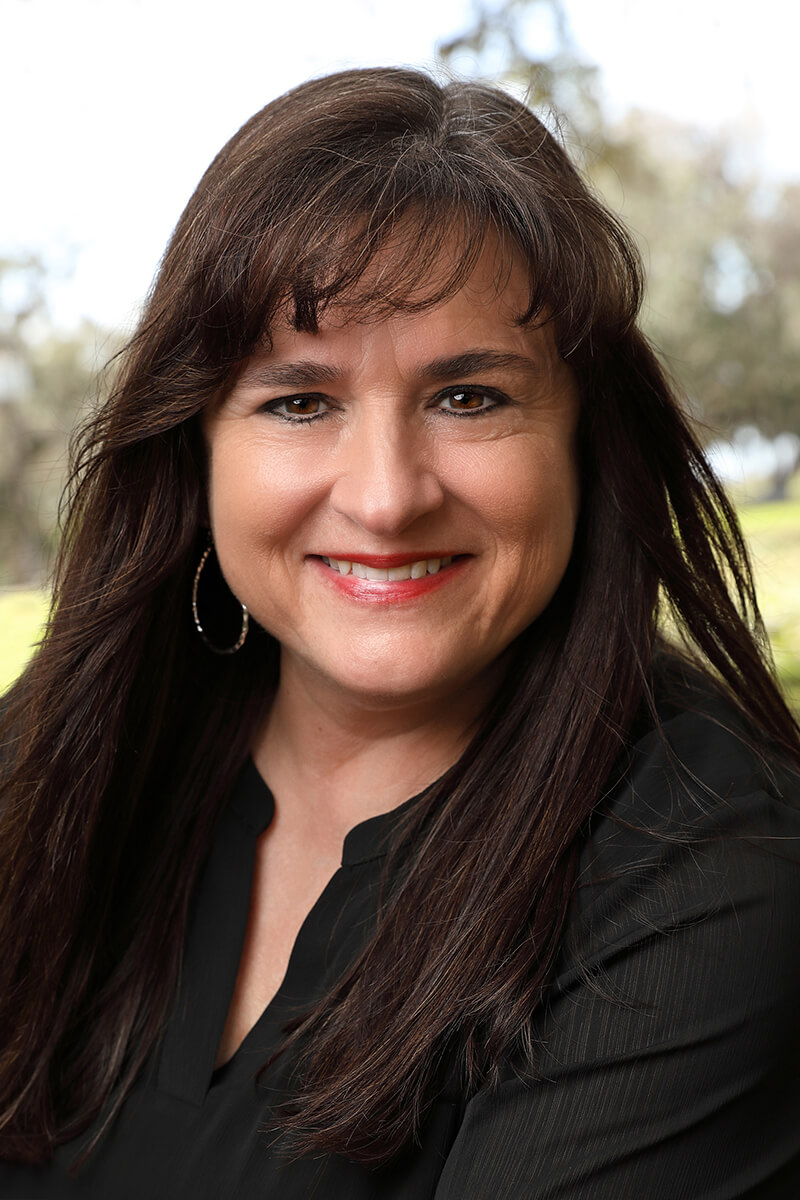When writing a fiction novel, the first chapter is perhaps the most important. It’s the reader’s first introduction to your story, characters, and world-building. A well-crafted opening chapter can hook the reader and keep them engaged throughout the rest of the book. Here are some important elements to consider including in the first chapter of your fiction novel.
1. A gripping opening line: Start with a hook that grabs the reader’s attention and makes them want to keep reading.
2. Setting: Describe the world in which your story takes place. This can be as simple as a few details about the time and place, or as complex as an entire fictional universe.
3. Character introduction: Introduce your protagonist and give the reader a sense of who they are and what they want.
4. Conflict: Create tension by introducing some conflict or obstacle that the protagonist must overcome.
5. Action: Start with a scene that is dynamic and engaging. This could be an action-packed sequence or a moment of emotional intensity.
6. Mood: Establish the mood of the story. Is it dark and brooding, light and humorous, or something in between?
7. Point of view: Choose a point of view that works for your story. Will you write in first-person, third-person limited, or some other perspective?
8. Dialogue: Use dialogue to reveal character attributes and move the story forward.
9. Foreshadowing: Drop hints about what’s to come later in the story. This can create anticipation and keep the reader engaged.
10. Theme: What will your story explore? Things like forgiveness, unconditional love, gossip, etc.
11. Backstory: Every character has a backstory, just keep in mind, we don’t need to know what it is in the first three pages. Please spread the backstory out throughout the story.
12. World-building/setting: Build out the fictional world with details about the setting, culture, and society.
13. Tone: Establish the tone of the story. This should be clear on the first page just in case your reader is standing in their local bookstore (yes, they still exist) and is reading your first page. Is it serious, humorous, suspenseful, romantic or what?
14. Genre: Make sure the reader understands the genre of your story. Is it a thriller, a romance, a mystery, or something else entirely?
15. Plot: What is the story about? We should know this by the end of the first chapter.
16. Antagonist: Introduce the antagonist or antagonist force that the protagonist will be up against.
17. Conflict resolution: Give the reader some idea of how the conflict will be resolved.
18. Questions: Raise questions that the reader will want answered as the story unfolds.
19. Compelling ending: End the chapter on a compelling note that leaves the reader wanting more. This is called a cliffhanger! Make the reader turn the page.
So, there you go. This isn’t and all-inclusive list, but if you have most of these elements in the first chapter, you’ll be heading in the right direction. Remember, the first chapter is your chance to hook the reader, so make it count!


The Conversation
This was very helpful! Thank you for this!
Thank you for sharing your time and expertise through the CWI zoom class this week.
And thank you for this 2023 article about the importance of a novel’s first chapter. I look forward to reviewing your blog and reading more of your books.
I’ve just recently discovered read.a book by Lynette i fell in love her novels
I just need to get is the blue justice series that has honors oath but I need the whole set.
If you have a set that you have o would love a copy of them can on yourself book cases. I’ve never asked an author this before but I just can’t help myself
Cindy Lawson 132 abiagail lane panama city flotda 33404
Your a blessing